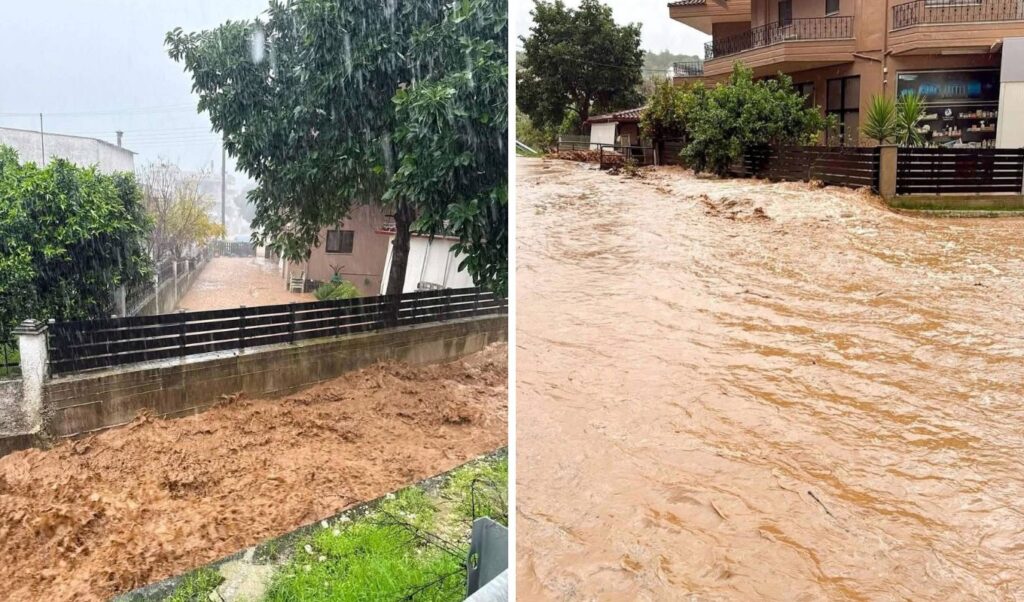Severe problems have been plaguing western Greece and Epirus for the past 24 hours due to intense severe weather, with floods, landslides and power outages affecting residents. The municipalities of Zagori, Filiates and Ziros have been declared in a state of emergency, while northern Corfu is counting massive damages. Serious problems are also found in villages of northern Tzoumerka, Kalambaka, Kozani and Aspropotamos.
Read: Severe weather in Epirus: Villages cut off, roads destroyed, electricity out of service (Video)
The Fire Service has received hundreds of calls for water pumping, tree cutting and assistance to residents, with 180 calls in Corfu alone and 187 in Epirus. In the mountainous areas of Ioannina and Arta, rainfall exceeded 400 tons of water per acre, an amount equivalent to Athens’ annual total rainfall, possibly setting a 25-year record for November.

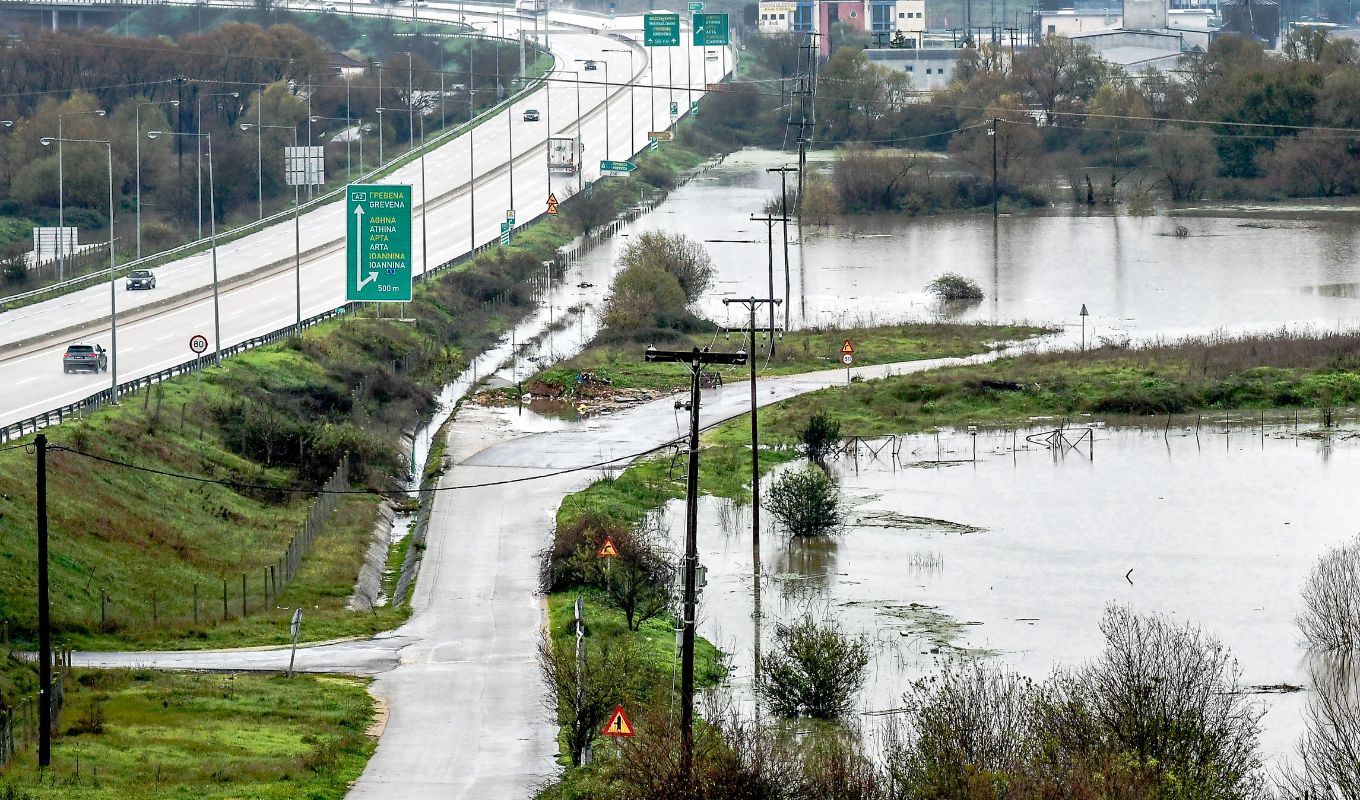
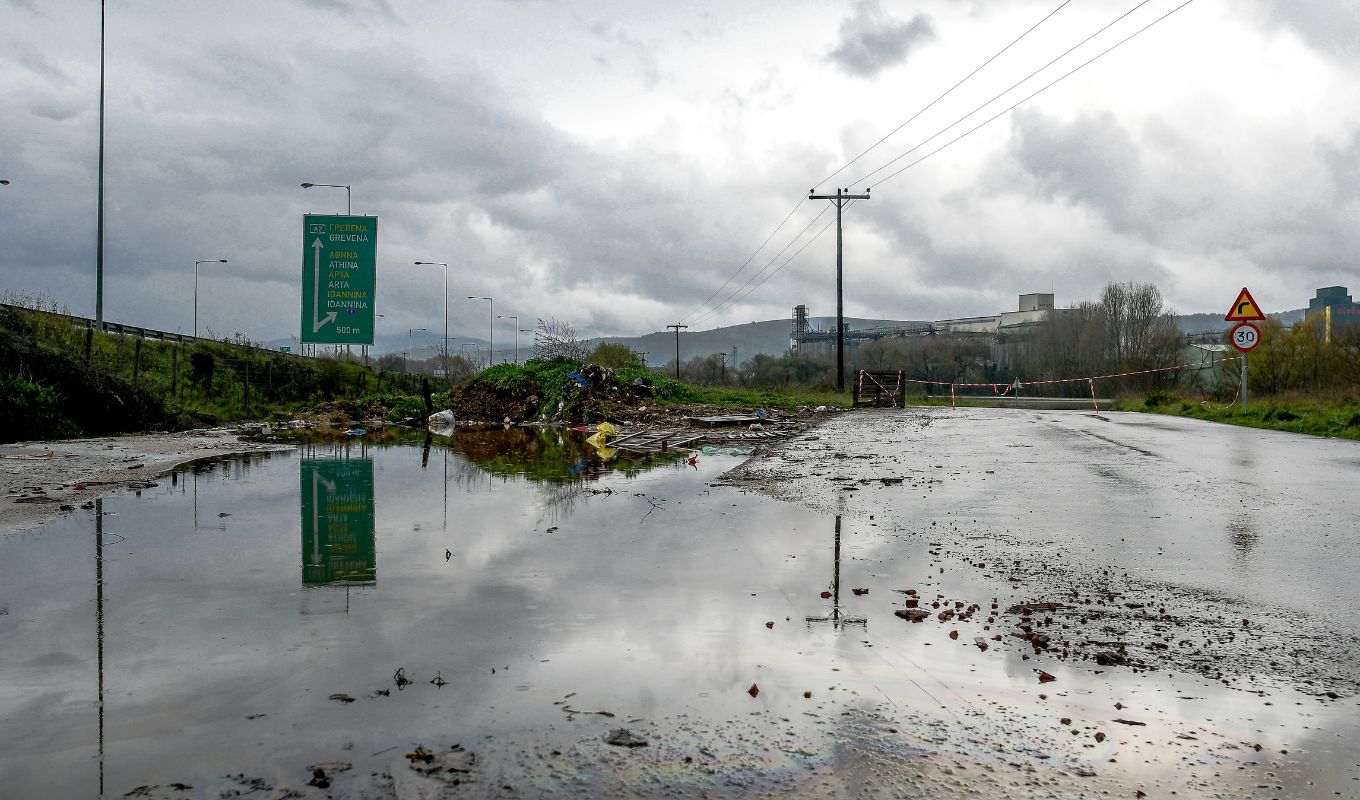
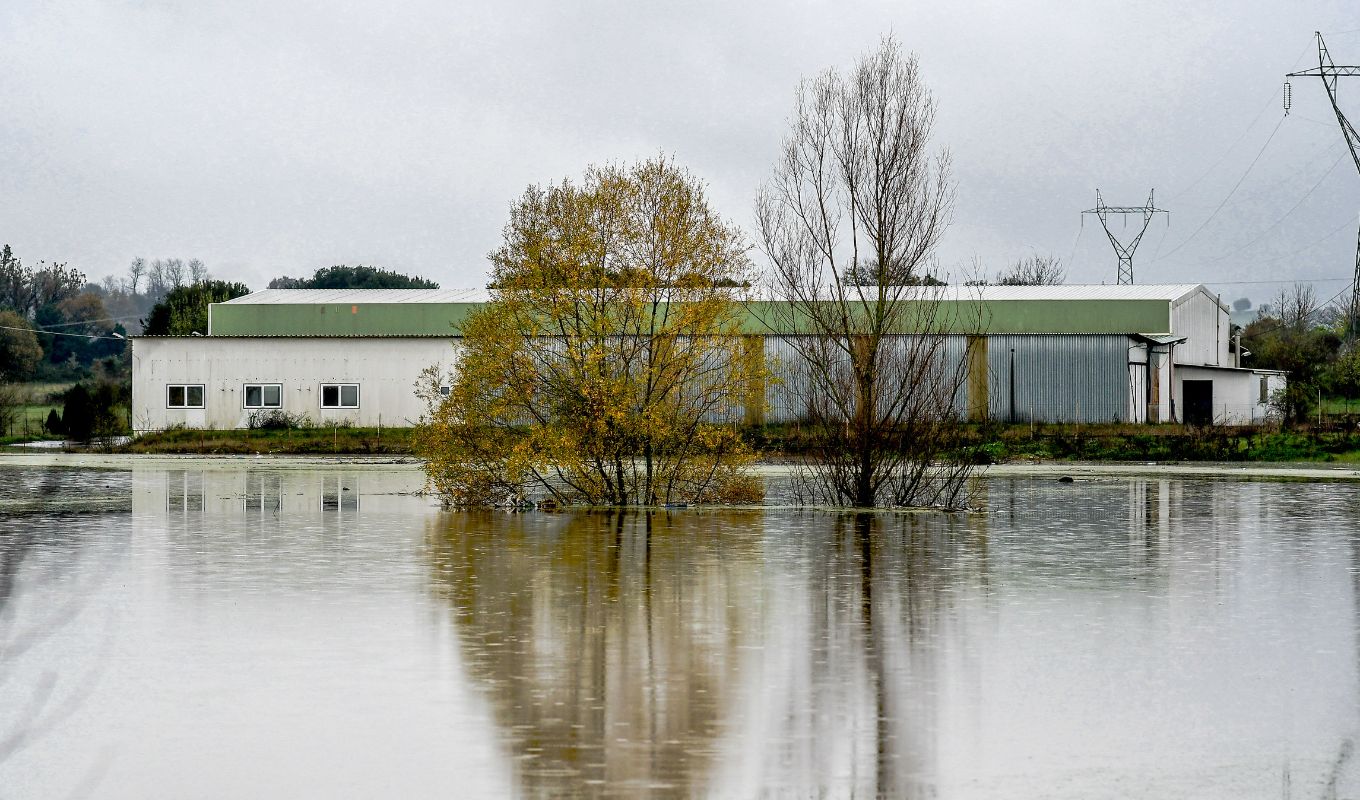
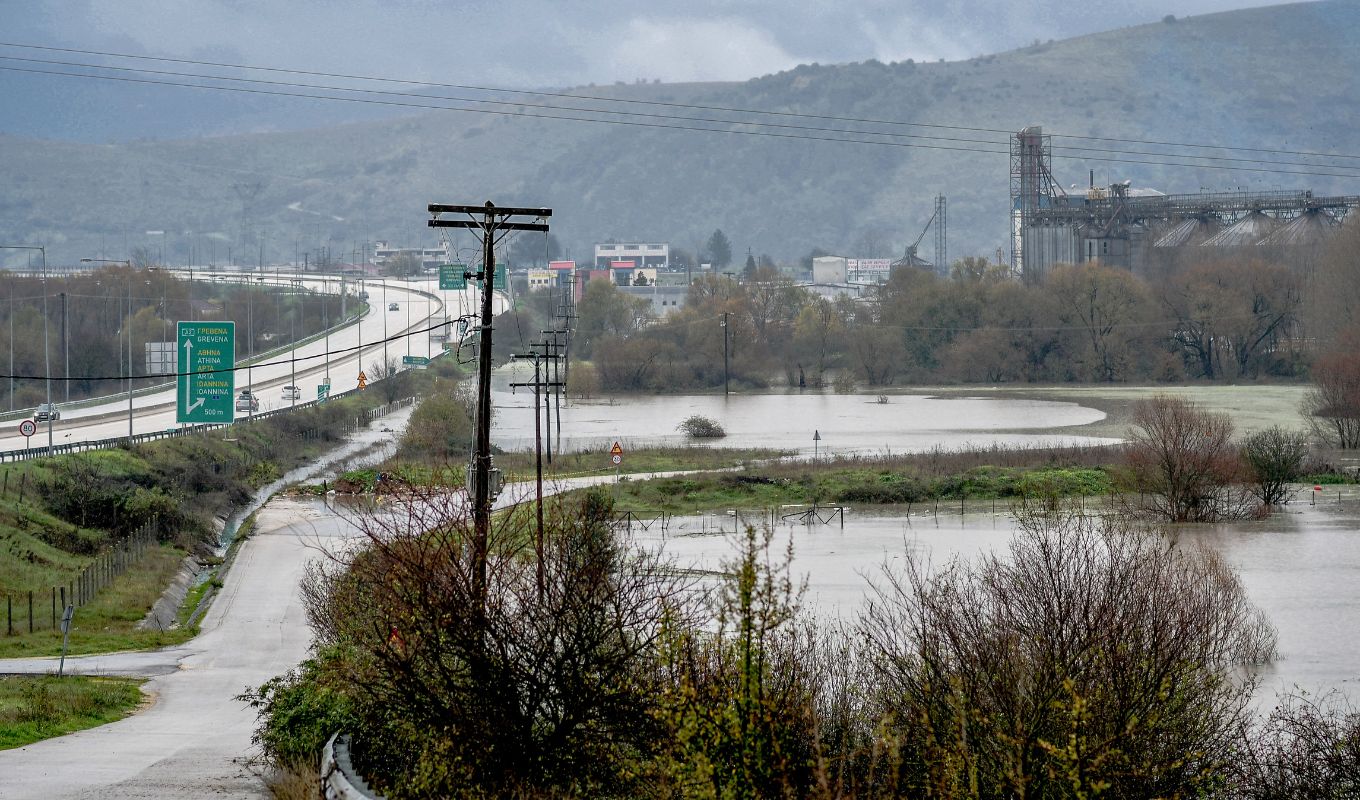
The Kozani-Larissa National Highway was closed due to severe weather, while emergency alert 112 has issued warning messages for severe weather phenomena and landslide risks throughout northwestern Greece.
Today, Deputy Minister of Climate Crisis and Civil Protection Kostas Katsafados and General Secretary for Natural Disaster Recovery Petros Kampouris are visiting Corfu for inspection and coordination of immediate assistance to residents. A meeting will also be held with representatives of the Ionian Islands Region and the North Corfu Municipal Authority, aiming for full coordination of all agencies and acceleration of recovery interventions.
As emphasized by the Ministry of Climate Crisis and Civil Protection in its announcement, Deputy Minister K. Katsafados is in communication with municipal and regional authorities in areas affected by recent severe weather phenomena. Meanwhile, a program of visits and inspections has already been scheduled, with the deputy minister traveling to all affected areas in the coming period to coordinate and implement support and recovery actions.
In Filippiada, the severe weather has caused serious problems with flooded roads, fallen power lines and collapses. Similar problems exist in other Epirus regions, such as the municipality of Arta with landslides and power outages, as well as in Central Tzoumerka with damage to the road network. Even in Ioannina floods occurred, such as in the Pedini area near Egnatia Highway. Overall, Epirus faces significant destruction from the severe weather.
In Konitsa, the severe weather left serious damage to local infrastructure, with landslides and damage to the power grid, leaving large parts of the Mastorohorion municipal unit without electricity for hours. Problems also occurred in water supply networks.
Corfu at the “mercy” of severe weather – Ministry of Climate Crisis team for inspection
Corfu is suffering serious destruction due to severe weather, with roads covered by stones, mud and debris.
This morning a team led by Deputy Minister of Climate Crisis and Civil Protection Kostas Katsafados and General Secretary for Natural Disaster Recovery Petros Kampouris, accompanied by ministry and General Secretariat officials, will visit the area to conduct inspections and coordinate recovery efforts.
Floods and the “Orographic Lifting” phenomenon
Northwestern Greece has been hit in recent hours by severe weather, with extensive floods leaving villages underwater and several cars being swept away by torrential streams. Several municipalities have requested to be declared in a state of emergency. Meteorologist Giorgos Tsatrafyllias attributes the intensity of the phenomena to the meteorological phenomenon “Orographic lifting” and explains how this causes intense rainfall in mountainous areas, intensifying flood phenomena.
“When south-southwest winds blow, the wind comes from the Ionian Sea, which is warm and laden with moisture. This moist air mass heads toward mainland Greece. The Pindus Mountains act like a ‘wall’. The air is forced to rise up the Pindus mountain range (forced uplift – orographic lifting). As it rises, it cools, saturation is quickly achieved, and moisture condenses → intense rain on the western windward slopes (Epirus, western Thessaly, western Central Greece, western Macedonia).
The uplift continues as long as southerly winds blow. Moisture is almost ‘unlimited’ from the Ionian Sea. The back-building phenomenon also appears in thunderstorms that regenerate over the same areas. When there is also a low-pressure system off the Ionian Sea, moisture supply is continuous, resulting in rain trains.”
Meanwhile, Dimitris Ziakopoulos explains the phenomenon as follows:
“ECMWF analyses of wind fields and relative humidity at the 925 hPa level. This level is located several hundred meters above sea surface. In a typical atmosphere the height is about 750 meters, but this varies depending on temperature.
What we observe in successive maps is wind convergence in a zone of increased relative humidity at a height of several hundred meters above the sea, which (zone) moved in 24 hours from the Corfu area toward the Ambracian Gulf area.
Undoubtedly, among the factors that contributed to the manifestation of long-duration and intense rainfall were dynamic factors and topography, but, in my opinion, a decisive factor for the continuously re-fed thunderstorms was the aforementioned convergence zone that functioned as a conveyor of moist and warm air masses. These masses continuously replenished the water vapor that left the thunderclouds as rain through condensation.”
Where severe weather struck – Authorities on alert
Continuous and intense rainfall affecting western Greece has caused serious problems. The continuous and intense rainfall caused landslides and subsidence at many points of the road network, significant damage to bridges and extensive damage to municipal infrastructure, creating serious operational problems and safety risks for residents.
Meanwhile, by decision of the General Secretary of Civil Protection, the municipalities of Zagori, Filiates and Ziros were declared in a state of emergency, having been affected by recent severe weather phenomena.
According to meteorological measurements, over 400 tons of water per acre were recorded in the mountainous areas of Ioannina and Arta. This amount corresponds approximately to the total rainfall that Athens receives in one year. Compared to last November, triple to quadruple amounts of water have already fallen in Epirus, strengthening the possibility of a record for the rainiest November in the last 25 years.
Ισχυρές βροχές και καταιγίδες την Παρασκευή 21 Νοεμβρίου 2025 – 280 χιλιοστά βροχής στα Λεπιανά Άρτας. Διαβάστε: https://t.co/pzxNUW0x5L pic.twitter.com/dDCkTeKCAG
— meteo.gr – Ο καιρός (@meteogr) November 21, 2025
Kozani-Larissa National Highway closed
Due to dangerous weather phenomena, traffic has been suspended since early afternoon on the Kozani-Larissa National Highway, from the 45th km (Livaderou Junction) to the 51st km (border with Larissa Regional Authority).
Meanwhile, by decision of the Directors of Police Directorates of Grevena, Kastoria, Kozani and Florina, it is announced that on all road networks of the Regional Units of Grevena, Kastoria, Kozani and Florina, vehicles of all categories are required to carry anti-skid chains or other corresponding means, unless they have special winter tires.
Problems due to severe weather are also recorded in villages of mountainous Kalambaka and Aspropotamos. The heavy rainfall, which started from Thursday evening and continued until Friday noon, has swollen streams and torrents, as shown in photos from the village of Kastania in Kalambaka.
The General Regional Police Directorate of Thessaly announced that, by decision of the Trikala Police Directorate, traffic is temporarily suspended on sections of the road network of the Trikala Regional Unit due to severe flood phenomena.
Fire Service operations center receives hundreds of calls
The Fire Service Operations Center has received 367 calls today from early morning hours until 16:30 due to heavy rainfall in the Ionian Islands and Epirus Regions. The calls concern water pumping, tree cutting and assistance provision.
Specifically:
- In the Ionian Islands Region, specifically in Corfu, the Fire Service Operations Center has received 180 calls, mainly for the areas of Sidari,

